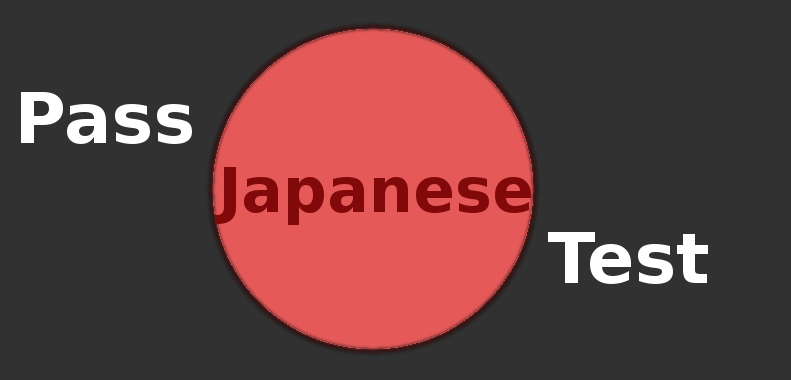Strategies to help you pass the JLPT.
Table Of Contents
- Introduction (See Below)
- JLPT Sections
- JLPT Scoring
- Vocabulary Strategies
- Grammar Strategies
- Reading Strategies
- Listening Strategies
Bonus: Top 5 JLPT Tools
Introduction
Welcome to the JLPT Playbook, a collection of strategies that can help you increase your score. Some strategies help you to approach questions and manage your time on the test more effectively. Other strategies help you to eliminate choices so you can guess with greater success.
I know from experience that the JLPT can be difficult. I’ve heard many different complaints such as the test not measuring test takers’ true Japanese abilities or the difficulty changing drastically from year to year.
To me the most frustrating part of the test is that it is pass/fail. That means if you are just a few points below passing, you have failed. You must retake the test in 6 months, which is not fun because you have to keep up everything you learned and you won’t be able to move on and start studying for the next level. I have been in this situation.
On the JLPT, every point counts. Just passing is basically same as getting a perfect score; in the end you get the JLPT credential that you can list on your resume or school application. I have yet to meet a potential employer that requires a certain score above passing. Actually, most employers in Japan don’t even know what the JLPT is. Effectively communicating in an interview is far more important–and often times the only important thing–than passing the exam. Now I’m starting to get a bit off track, so I’ll get back to the Playbook.
The JLPT Playbook is not about the effectiveness of the test itself or whether you need to take it. The JLPT Playbook is for people who will take the test and want the best chance of passing. This is not a replacement for your Japanese studies. It is meant to give you a framework for attacking the test and getting the most out of all those long hours you put into studying Japanese. Sometimes this means using your Japanese knowledge to effectively eliminate answers to simply increase your chances of getting more questions correct.
The strategies outlined here are ones I have used myself. I encourage you to try them out on practice tests. Adapt them to your own test taking style if they don’t feel right. Some of my explanations may get a little long winded, but after studying Japanese for many years and taking the JLPT a number of times, this is something I’ve become a little passionate about.
If you take just one strategy from the JLPT Playbook and get just one more question correct, I consider the time spent developing it a success. Help me out and let me know what was helpful and what was not by filling out the my Contact Form.
Happy Studying
